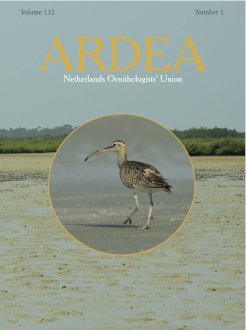Understanding raptor diet is important when managing raptors of conservation concern, especially those experiencing population declines across parts of their range. Most traditional methods to study raptor diet, such as indirect analysis of pellets and prey remains, tend to be biased towards larger and more easily identifiable prey items. However, such biases can be partly addressed by combining more traditional methods with recent direct approaches such as stable isotope analysis. Here, we combine and compare the use of pellet dissection and stable isotope analysis to explore spatial variation in the breeding season diet of Eurasian Kestrels Falco tinnunculus across a southern England farmland landscape. We analysed 84 pellets and 31 nestling feathers from nest boxes situated throughout Dorset, England. Spatial variation in breeding season diets occurred across our study region. Mammalian prey dominated all sampled nest sites, however, the relative importance of avian and reptilian prey varied spatially. Spatial variation in Kestrel diet is likely partly reflected by the key habitat types throughout our study area, e.g., more avian prey in sites closer to arable and horticultural land. Our results suggest that individual prey preferences of parent birds may account for some of the variation in nestling Kestrel diet across our study region. Continued research focusing on the processes that drive spatial variation in Kestrel diet is required to further our understanding of spatiotemporal patterns in prey selection for this raptor of conservation concern.
How to translate text using browser tools
28 March 2024
Fine-Scale Spatial Variation in Eurasian Kestrel Falco tinnunculus Diet in Southern England Revealed from Indirect Prey Sampling and Direct Stable Usotope Analysis
G.C.A. Jones,
D. Woods,
C.M. Broom,
C.T. Panter,
L.J. Sutton,
E.J.A. Drewitt,
J. Fathers
ACCESS THE FULL ARTICLE

Ardea
Vol. 112 • No. 1
March 2024
Vol. 112 • No. 1
March 2024
diet
Individual specialization
Kestrel
land use
raptor
stable isotope analysis
trophic ecology





